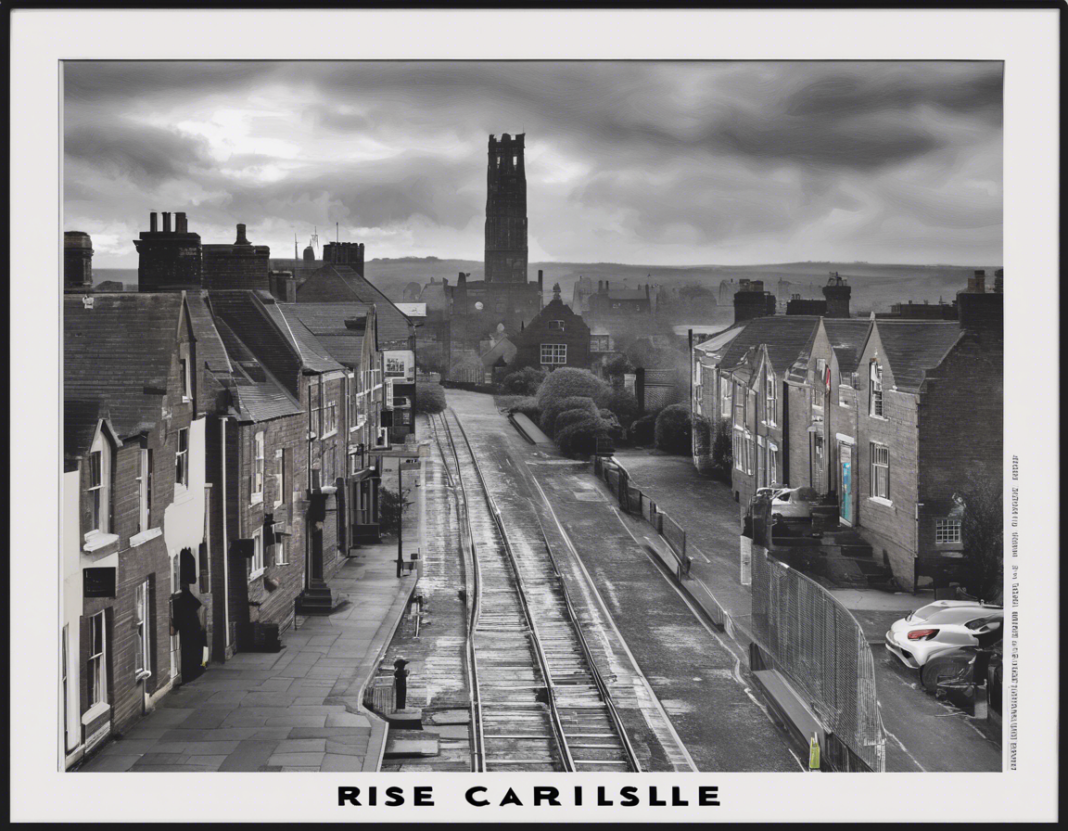Throughout history, there have been numerous cities that have risen to prominence due to a variety of factors such as strategic location, economic prosperity, or cultural significance. One such city with a rich history and a fascinating rise to prominence is Carlisle. Located in the North West of England, Carlisle has played a significant role in shaping the region’s history and continues to thrive as a vibrant hub of culture, heritage, and commerce. In this article, we will delve deep into the historical roots of Carlisle and explore the key factors that have contributed to its enduring legacy.
Early History of Carlisle
Historically known as Luguvalium, Carlisle has a legacy that dates back to Roman times. The city was a significant outpost in the Roman Empire due to its strategic location near the Scottish border. The Romans built a fort in Carlisle to defend their interests in the region, and the remnants of this fort can still be seen today at Carlisle Castle. The strategic importance of Carlisle continued throughout the medieval period, with the city frequently changing hands between the English and Scottish monarchs.
Medieval Fortifications and Castles
One of the most defining features of Carlisle’s history is its impressive fortifications and castles. Carlisle Castle, in particular, has stood as a symbol of the city’s resilience and strategic importance throughout the centuries. Built in the 11th century, the castle has witnessed numerous sieges and battles, making it a crucial stronghold in the border region. Visitors to Carlisle can explore the castle and learn about its storied past, including its role in the Anglo-Scottish conflicts.
Economic Growth and Development
As the centuries passed, Carlisle evolved from a military outpost to a thriving market town. The city’s location on the border between England and Scotland made it a key trading hub, facilitating the exchange of goods and ideas between the two nations. The development of industries such as textiles and agriculture further fueled Carlisle’s economic growth, attracting merchants and settlers to the city.
Industrial Revolution and Modernization
The industrial revolution brought significant changes to Carlisle, transforming it into a bustling urban center. The city’s proximity to natural resources such as coal and waterways made it an ideal location for industries such as textiles, manufacturing, and engineering. Railways connected Carlisle to other major cities in England, further boosting its economic prospects and solidifying its position as a key player in the industrial landscape.
Cultural Heritage and Architecture
The rich history of Carlisle is reflected in its diverse architectural styles and cultural heritage. From the medieval fortress of Carlisle Castle to the grandeur of the Cathedral Church of the Holy and Undivided Trinity, the city boasts a wealth of architectural treasures that tell the story of its past. Carlisle is also home to various museums, galleries, and cultural events that celebrate its heritage and showcase its vibrant arts scene.
Tourism and Attractions
Today, Carlisle continues to attract visitors from near and far who are drawn to its historic sites, scenic beauty, and cultural offerings. Tourists can explore the city walls, visit the Tullie House Museum and Art Gallery, or take a leisurely stroll along the River Eden. The picturesque surroundings of the Lake District National Park are also within easy reach of Carlisle, offering outdoor enthusiasts a paradise of natural beauty to discover.
FAQ
1. What is the best time to visit Carlisle?
The best time to visit Carlisle is during the summer months when the weather is mild, and outdoor activities are in full swing. However, the city’s charm can be enjoyed year-round, with each season offering its own unique attractions.
2. Is Carlisle easily accessible by public transport?
Yes, Carlisle is well-connected by train and bus services, making it easy to reach from major cities such as Manchester, Glasgow, and Edinburgh. The city also has its own airport, Carlisle Lake District Airport, for those traveling by air.
3. What are some must-visit attractions in Carlisle?
Some of the must-visit attractions in Carlisle include Carlisle Castle, Tullie House Museum and Art Gallery, the Cathedral Church of the Holy and Undivided Trinity, and the Hadrian’s Wall World Heritage Site.
4. Is Carlisle a family-friendly destination?
Yes, Carlisle is a family-friendly destination with plenty of activities and attractions to keep visitors of all ages entertained. From interactive museums to scenic parks, there is something for everyone to enjoy in the city.
5. What are the dining options in Carlisle?
Carlisle offers a diverse range of dining options, from traditional English pubs serving hearty meals to trendy cafes and restaurants offering international cuisine. Visitors can sample local specialties such as Cumberland sausage and sticky toffee pudding during their stay in the city.
In conclusion, Carlisle’s rise to prominence is a testament to its resilience, adaptability, and rich cultural heritage. From its origins as a Roman outpost to its current status as a bustling urban center, the city has weathered centuries of change and emerged as a vibrant destination for history buffs, nature lovers, and culture enthusiasts alike. Whether you are fascinated by medieval castles, intrigued by industrial history, or simply seeking a scenic retreat, Carlisle offers a treasure trove of experiences waiting to be discovered.










